If there is one game-changer over the past decades, it is arguably social media. This tech innovation changed the way people, businesses, organizations and governments interact. The social impact of Facebook, Twitter and other social networks cannot be understated. Social media continues to shape perspectives and decisions from the mundane to the revolutionary. While we get daily sneak peeks into the daily lives of others, we also witness, and sometimes take part in, social movements that change our society. Social media has evolved from a means to connect with family and friends into something that revolutionizes our way of living.
The state of social media

Do you know that there are currently more than 3.7 billion active social media users? That is nearly half of the total global population of 7.8 billion. Between October 2018 and October 2019 alone, the number of social media users grew by 328 million. The popularity of smartphones helped fuel these figures as it made access to social networks easier.
No wonder businesses and organizations are investing on social media to boost brand awareness. A report by Adobe suggests that social media is the most relevant advertising channel for 50 percent of Gen Z and 45 percent of millennials. Forbes added that 71 percent of consumers who had a positive experience with a brand are likely to recommend such brand to his/her circle.
Unlike TV, print and other traditional media, social networks allow interaction between brands and consumers, and among consumers. “Today’s consumers trust the wisdom of the crowd, what somebody in their network says about something,” says Rick Kauffeld, a PwC US principal. People can review, and recommend if they want to, brands that they patronize. They could also discourage others from engaging with a business or organization. It is word-of-mouth marketing, but easier and more interactive.
Why do nonprofits need social media?

Social media is as effective for businesses as it is for nonprofits. Large orgs such as World Wildlife Fund, Greenpeace and Make-A-Wish Foundation maintain a strong following on social networks, helping them further increase awareness on their advocacy, raise funds and encourage champions. Who could forget the ALS Ice Bucket Challenge that raised millions for the ALS Association? If done right, social media could be the missing link between your vision and your success.
Bart Skorupa, Executive Director at international relief org Groundwork Opportunities, said:
“We’re using social media to show success—how we are training women to sew in Uganda, or how we are building a water filter plant in Cambodia. Our overall messaging is, stop the pity and be a champion.”
Similarly, Hopeworks ‘N Camden is taking advantage of social media. Its Executive Director, Rev. Jeff Putthoff, said:
“We used Twitter as a way to thank volunteers and people who donated to our cause. Anytime we can engage with people who touch us, we do.”
How can nonprofits use social media?

Social media can be a double-edged sword. It is a cost-efficient tool to promote your org and expand your audience, but a single post in bad taste could impact you for a long time. The key is a well-thought and actionable social media marketing plan.
Begin with social media best practices for nonprofits:
- Set the goals you want to achieve. — Do you want to raise awareness, increase donations, or encourage volunteers? Your goals will guide you in developing campaigns and creating content.
- Clearly identify the audience you are targeting. – What social networks do your audience use? By understanding your audience, you could use the platform they regularly use.
- Post high-quality content. – Create posts, videos, images and other content that offer valuable information, presented in an appealing format. Consider evergreen content which remain relevant for a long period of time. Evergreen formats include lists, tips, how-to tutorials, infographics and videos.
- Develop a content calendar. Post consistently. – Always be within the radar of your audience. Use a content calendar that can help you get organized especially if you are managing numerous social media accounts. It allows you to easily customize content for different platforms, track the performance of each post and help you tailor content for holidays and special events.
- Invest on visuals. – A study by BuzzSumo suggests that an article with an image once every 75-100 words is more likely to be shared than articles with fewer images. Also, Facebook posts with images have 2.3 times more engagement than those without visuals. Your social media content is not limited to images. For 2020, here are some of the top visual content you should explore:
- Infographics – Post a snippet on your newsfeed and direct viewers to your website.
- Charts and data visualizations – Give your audience an overview on issues that matter to your org and affect them personally.
- Photos of real people – Put a face to your advocacy. Post photos of beneficiaries, donors and volunteers (with their consent, of course). This will better connect to people.
- Inspirational quotes – Inspire your audience and remind your partners about the mission of your org through quotes.
- Videos – Encapsulate your message in a 2-minute video that is both entertaining and informative. What better way to share content?
- Engage your audience with Stories. – About 300 million people interact with Instagram Stories daily. Keep your audience in the loop without bombarding them with content.
- Work with digital marketing experts. – You may have an idea on what type of content, but you may need help with how, when and where to publish. Digital marketing experts know the best social media platforms for nonprofits and the technical knowledge to reach out to your audience.
Social media levels the playing field for both big and small organizations. A local charity can effectively tap donors and volunteers using the same platforms as large-scale nonprofits. The tie breaker? The knowledge and skills in digital marketing. Level up your game this 2020 by working with a specialist. Contact a digital marketing agency for social change today!






